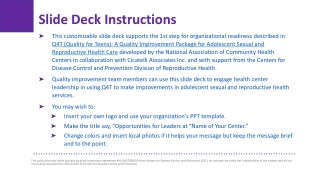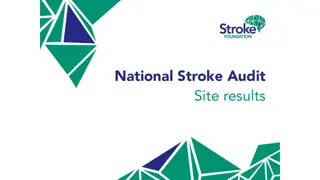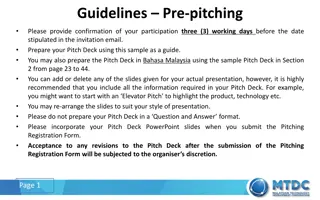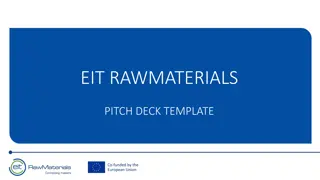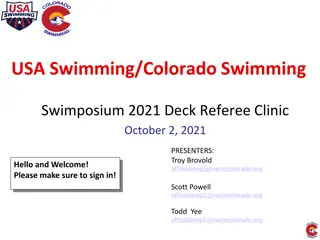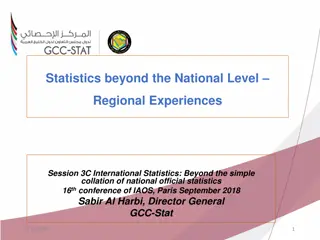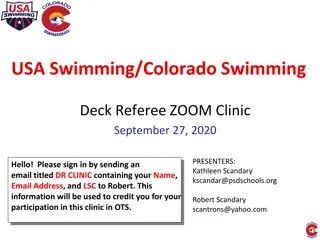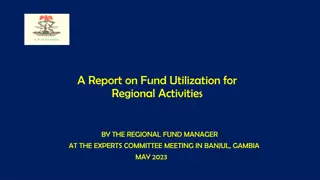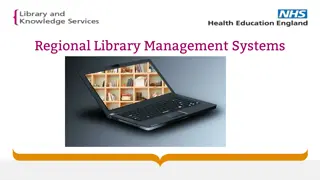
Challenges and Progress of Safe Drinking Water Legislation for Indigenous Communities
Learn about the background, challenges, and developments of the Safe Drinking Water for First Nations Act (SDWFNA), including the rejection of previous bills, the need for adequate resources, and issues with the current legislation. Discover the ongoing efforts to address these concerns and ensure safe drinking water for Indigenous communities.
Download Presentation

Please find below an Image/Link to download the presentation.
The content on the website is provided AS IS for your information and personal use only. It may not be sold, licensed, or shared on other websites without obtaining consent from the author. If you encounter any issues during the download, it is possible that the publisher has removed the file from their server.
You are allowed to download the files provided on this website for personal or commercial use, subject to the condition that they are used lawfully. All files are the property of their respective owners.
The content on the website is provided AS IS for your information and personal use only. It may not be sold, licensed, or shared on other websites without obtaining consent from the author.
E N D
Presentation Transcript
Background of Safe Drinking Water for First Nations Act (SDWFNA) 2 Prepared May 14, 2019
Background of SDWFNA 2010 Under then Prime Minister Harper, the federal government introduced Bill S-11: An Act Respecting the safety of drinking water on First Nation lands, but was rejected by First Nations 2011 National Assessment by Neegan-Burnside found 39% of drinking water systems as high risk ; 34% as moderate risk 2012 Bill S-8 introduced as revised version of previous several issues with bill and it dies on the Order Paper . 2013 Canada reintroduces Legislation with Bill S-11, it is passed as the Safe Drinking Water for First Nations Act. 2015 New Liberal government made commitment to end all long term boil water advisories by 2021 and to conduct a full review of legislation that was in conflict with rights, inconsistent with the principles of good governance, or made no public policy sense; such legislation would be repealed. 3 Prepared May 14, 2019
Background of SDWFNA 2017 Chiefs pass Resolution 88/2017: First Nations led Engagement Process for Safe Drinking Water Legislation 2017 Federal government announces a First Nation led process to engage on the SDWFNA 2018 Resolution 01/2018: First Nations Led Process to Develop New Federal Safe Drinking Water Legislation to adopt the co-development approach outlined in the AFN Concept Paper 2018 Resolution 26/2018: Support for a First Nations Safe Drinking Water Legislation Preliminary Concepts. AFN Preliminary Concepts document endorsed by Chiefs 2018 - MC to Cabinet for repeal/replacement co-developed but not accepted by PMO (October 5, 2018). 4 Prepared May 14, 2019
Issues with the SDWFNA Did not take into account 2006 Expert Water Panel Findings regulation alone will not be effective in ensuring safe drinking water Adequate resources for O & M, training etc. are more critical to ensuring safe drinking water than regulation alone Federal government must close the resource gap and has a legal duty to consult with First Nations 5 Prepared May 14, 2019
Issues with the SDWFNA Offers weak protections to aboriginal and treaty rights and fails to acknowledge First Nation jurisdiction over water Fails to address the resource gap Excessive immunity provisions for the Crown Fails to respect First Nation authority and concerns Provides unreasonable broad powers to delegate any person almost any aspect of drinking water provision, monitoring or enforcement Does not provide for any practical or legal issues of borrowing from the provincial regimes 6 Prepared May 14, 2019


